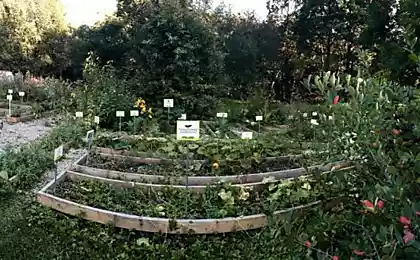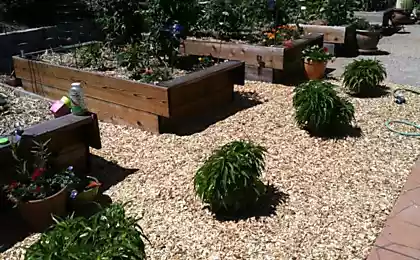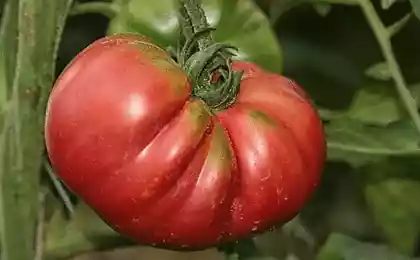487
Seedling disease - how to prevent
To obtain an abundant crop of healthy seedlings is important, but unfortunately, just like people, plants have properties to be sick. Disease of seedlings may occur at different stages. It is important to recognize their signs and to take action for treatment.
Black leg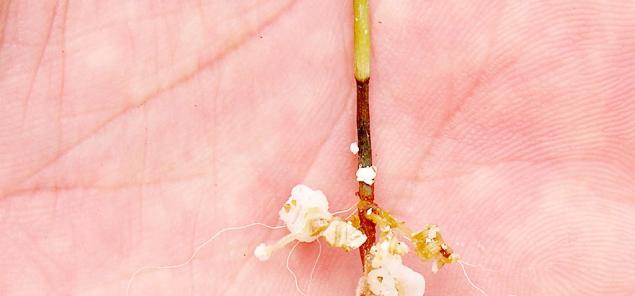
Black leg or root rot is one of the most common fungal diseases of seedlings, the object of his defeat can become a sprout, the root of the neck, lateral roots, and hypocotyl of the plant. Disease recognition is possible on the blackened stem. Diseased crops are beginning to lie down and rot. If the lesion is localized in the root system of the seedlings, they turn yellow at the stage of cotyledons.
Infection of seedling blackleg occurs through the root system. The germs can reside in almost any soil, but may be covered with untreated properly seeds. Too thick sowing. Violation of irrigation technique, failure to change the soil and other factors will contribute to the spread of the disease on seedlings.
At the first sign of the disease of seedlings, is required to paraglide and dry soil. Pour on top a layer of ash or lime. As the healing crops, it is desirable to carry out the culling.
To prevent the destruction of seedling blackleg will help a set of preventive measures:
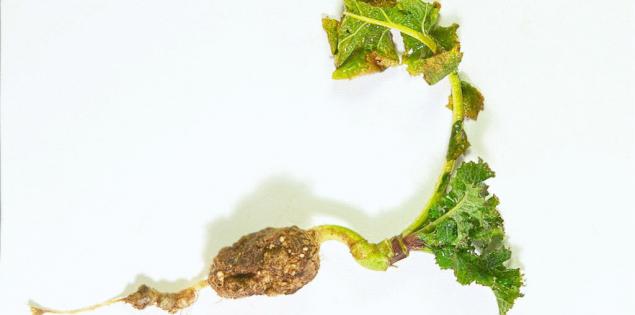
Clubroot, a disease of seedlings is fungal origin that affects a number of flower crops and cruciferous plants. The disease can affect seedlings all vegetation period, contributing to the deterioration of the root system due to the formation on the root system of peculiar growths and swellings. When the roots are affected, shoots are no longer able to fully receive the nutrients, slow growth and gradually fade.
Factors contributing to the spread of Clubroot is a soil with high humidity and acidity, as well as late planting. To prevent infection, not waterlogged soil, with high acidity to carry out liming. Any infected crops is required immediately to remove.
Fusarium wilt This disease is most characteristic of seedlings of tomatoes. With the defeat of the lower leaves of the tomatoes wither and turn yellow, in the root of the neck, you notice a pinkish tinge. Gradually, the wilting spreads to the shoots and plant as a whole.
Fusarium wilt often strikes seedlings that are in too wet soil, and also when an excess of nitrogen fertilizers. Transmitted disease may, at the time of transplantation of seedlings, as well as when hoeing or watering the soil.
Prevention of disease is:

From blight most commonly affected are tomato seedlings, peppers, and sometimes cucumbers. The lesion may occur in the root system, basal region of the stem or the fruit. A sick plant ceases to grow, and on its stem there is a kind of padding, because of what it is at first decumbent, and then dies.
Like other fungal diseases of seedlings, late blight can be prevented by promptly removing plant debris and infected seedlings. Watering should be deep, but not too often. Humidity should not exceed 70%.
Perenospora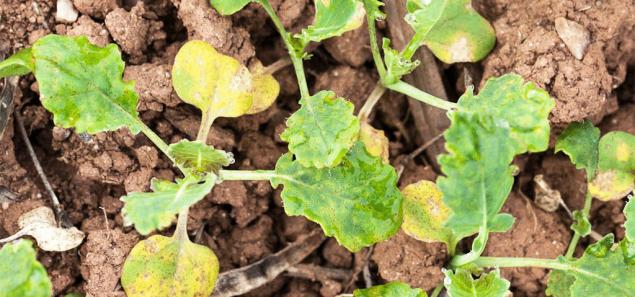
Perenospora also called downy mildew, is especially dangerous to seedlings of cabbage. The fungus can be seed for a long time, and the factors provoking the development of the disease is a short day and high humidity.
In order to avoid infection by this disease of cabbage seedlings, the seeds required to decontaminate a few days before sowing. To do this best method of heating by placing them in a solution of sulphate of zinc. After the seeds cooled to room temperature. Crops require enough light, you also need to monitor the level of humidity.published
Source: www.mil-sad.ru
Black leg

Black leg or root rot is one of the most common fungal diseases of seedlings, the object of his defeat can become a sprout, the root of the neck, lateral roots, and hypocotyl of the plant. Disease recognition is possible on the blackened stem. Diseased crops are beginning to lie down and rot. If the lesion is localized in the root system of the seedlings, they turn yellow at the stage of cotyledons.
Infection of seedling blackleg occurs through the root system. The germs can reside in almost any soil, but may be covered with untreated properly seeds. Too thick sowing. Violation of irrigation technique, failure to change the soil and other factors will contribute to the spread of the disease on seedlings.
At the first sign of the disease of seedlings, is required to paraglide and dry soil. Pour on top a layer of ash or lime. As the healing crops, it is desirable to carry out the culling.
To prevent the destruction of seedling blackleg will help a set of preventive measures:
- competent preparation of the soil mixture for seedlings;
- pre-sowing preparation of seeds, consists primarily in their disinfection;
- disinfection processing of containers for seedlings;
- sowing seeds with keeping a certain interval to avoid too thick sowing;
- watering soil fungicides and its loosening from the moment of germination;
- control the moisture level of the soil.

Clubroot, a disease of seedlings is fungal origin that affects a number of flower crops and cruciferous plants. The disease can affect seedlings all vegetation period, contributing to the deterioration of the root system due to the formation on the root system of peculiar growths and swellings. When the roots are affected, shoots are no longer able to fully receive the nutrients, slow growth and gradually fade.
Factors contributing to the spread of Clubroot is a soil with high humidity and acidity, as well as late planting. To prevent infection, not waterlogged soil, with high acidity to carry out liming. Any infected crops is required immediately to remove.
Fusarium wilt This disease is most characteristic of seedlings of tomatoes. With the defeat of the lower leaves of the tomatoes wither and turn yellow, in the root of the neck, you notice a pinkish tinge. Gradually, the wilting spreads to the shoots and plant as a whole.
Fusarium wilt often strikes seedlings that are in too wet soil, and also when an excess of nitrogen fertilizers. Transmitted disease may, at the time of transplantation of seedlings, as well as when hoeing or watering the soil.
Prevention of disease is:
- thorough cleaning of greenhouses from last year's crop;
- timely replacement of the soil;
- disinfection of the soil in the greenhouse;
- timely elimination of infected crops;
- compliance with the rules of watering and fertilizer.

From blight most commonly affected are tomato seedlings, peppers, and sometimes cucumbers. The lesion may occur in the root system, basal region of the stem or the fruit. A sick plant ceases to grow, and on its stem there is a kind of padding, because of what it is at first decumbent, and then dies.
Like other fungal diseases of seedlings, late blight can be prevented by promptly removing plant debris and infected seedlings. Watering should be deep, but not too often. Humidity should not exceed 70%.
Perenospora

Perenospora also called downy mildew, is especially dangerous to seedlings of cabbage. The fungus can be seed for a long time, and the factors provoking the development of the disease is a short day and high humidity.
In order to avoid infection by this disease of cabbage seedlings, the seeds required to decontaminate a few days before sowing. To do this best method of heating by placing them in a solution of sulphate of zinc. After the seeds cooled to room temperature. Crops require enough light, you also need to monitor the level of humidity.published
Source: www.mil-sad.ru








